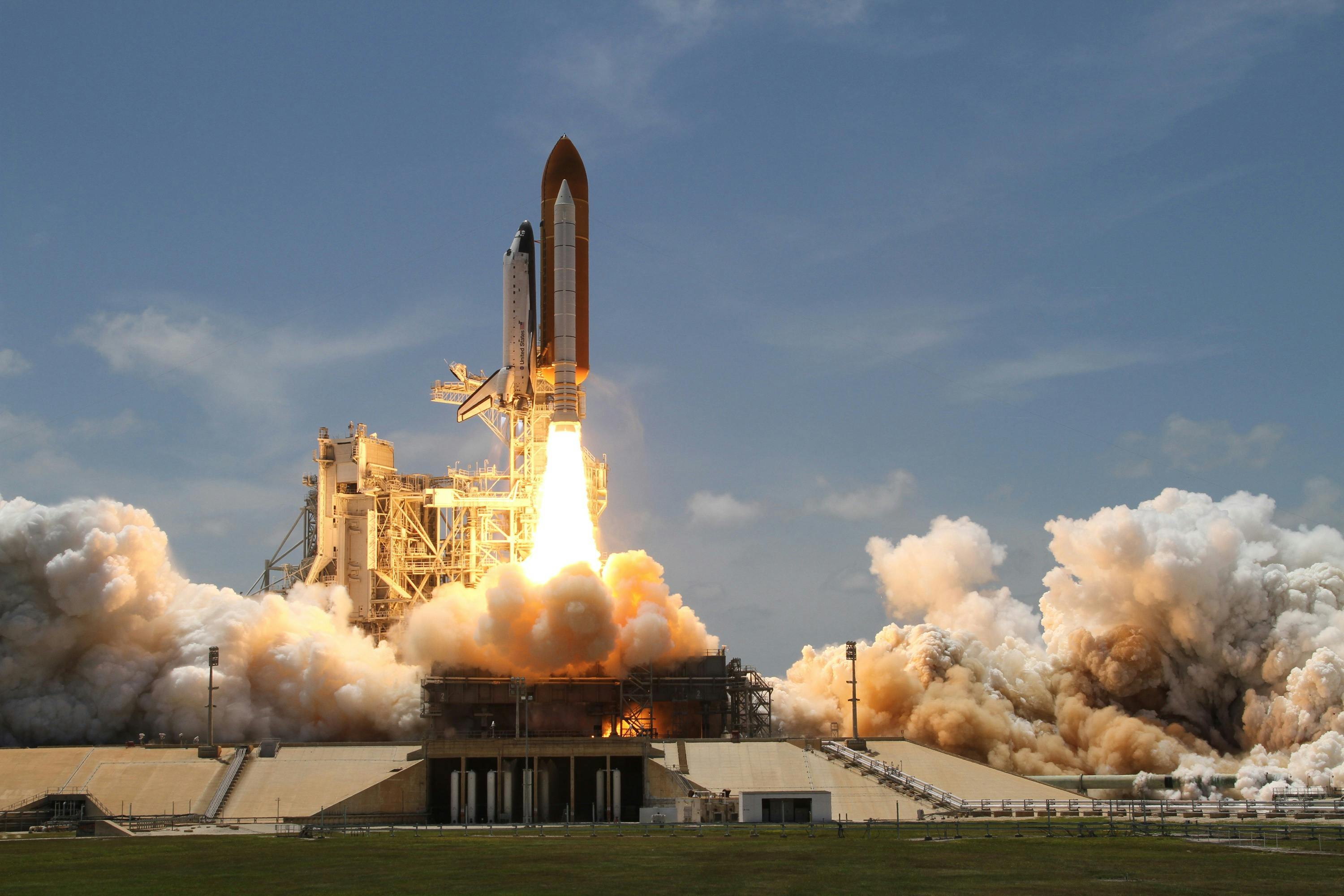
A renewed surge in investor confidence has reignited the global space sector, marking the most significant influx of capital into the industry since the early 2020s. In the second quarter of 2025 alone, space-focused startups attracted over \$3.1 billion in private investment—up sharply from \$2 billion in Q1—signalling a broader market shift toward orbital infrastructure, defence-linked services, and commercial launch capabilities.
This momentum is anchored by Firefly Aerospace’s imminent public offering, which has captured investor attention following the company’s successful Blue Ghost lunar mission earlier this year. Now eyeing a valuation exceeding \$6 billion, Firefly increased its IPO share price range to \$41–\$43, reinforcing the sector’s growing credibility among institutional backers. It follows July’s strong public market debut of Voyager Technologies, a space systems integrator that raised more than \$380 million—an exit that many in the venture space see as a long-awaited proof point.
The market’s optimism, however, is not driven solely by launch ambitions or payload milestones. Strategic shifts in national defence policy and global infrastructure priorities are playing an equally vital role. In India, Reliance Industries is in advanced negotiations to lead a \$50 million funding round for Digantara, a Bangalore-based company specialising in space situational awareness—a field critical to tracking and managing orbital traffic. Across Europe, UK launch firm Skyrora has become the first to receive a domestic licence to operate suborbital flights from Scottish territory, marking a pivotal step in establishing the United Kingdom as a sovereign launch provider.
Simultaneously, NASA has announced plans to deploy a 100-kilowatt nuclear reactor on the lunar surface by 2030, a milestone that blends space exploration with energy policy, and further cements government reliance on commercial innovation. Defence contracts have also emerged as a lifeline for many startups, with U.S. government spending now accounting for nearly 40% of sector revenue. This realignment has repositioned space not as a niche venture category, but as a critical infrastructure class—on par with energy, logistics, and telecommunications.
Analysts across the Atlantic are paying close attention. “What we’re witnessing isn’t speculative hype—it’s the integration of orbital infrastructure into the modern economy,” notes Nadia Al-Maktoum, partner at Orbis Frontier Ventures. “Investors are treating these firms as long-term utilities, not short-term moonshots.”
With the global space economy expected to exceed \$600 billion by the end of the decade, the financial implications are enormous. Sovereign ambitions, defence needs, and data-driven services are converging above the stratosphere. What was once a frontier reserved for governments and dreamers is now a fully operational, high-stakes business sector—and the capital markets are moving swiftly to secure their share of the orbit.
Lorem ipsum dolor sit amet, consectetur adipiscing elit. Suspendisse varius enim in eros elementum tristique. Duis cursus, mi quis viverra ornare, eros dolor interdum nulla, ut commodo diam libero vitae erat. Aenean faucibus nibh et justo cursus id rutrum lorem imperdiet. Nunc ut sem vitae risus tristique posuere.